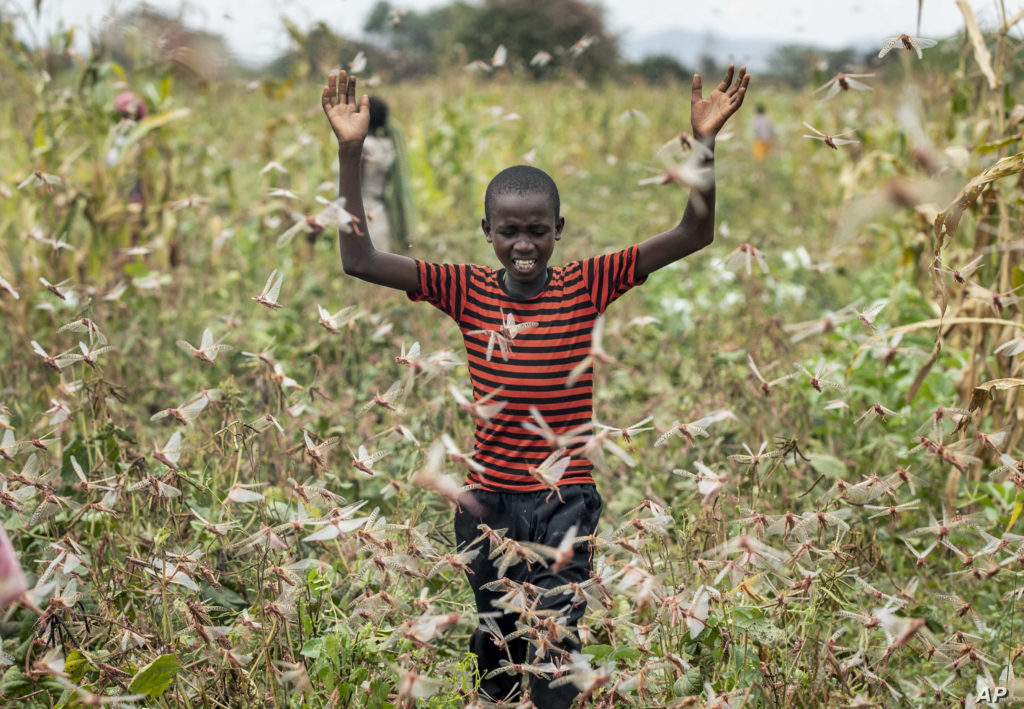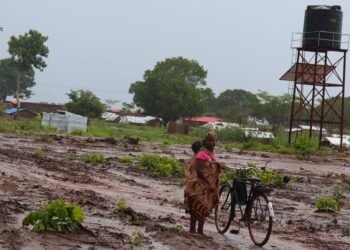The Director-General of the Food and Agriculture Organization of the United Nations (FAO), Qu Dongyu, has welcomed an €8 million contribution from the European Union (EU) that will enable countries in the Horn of Africa to maintain a state of readiness in the face of a possible resurgence of Desert Locusts.
The Director-General thanked the EU and all other supporters for their generous contribution towards the fight against the Locust upsurge. The support, according to Mr. Qu, is “enabling critical livelihood-safeguarding activities”.
“National Governments in collaboration with FAO and partners have achieved major progress in controlling this pest in East Africa. But, operations must continue and we cannot afford to let down our guard.”
Meanwhile, control operations have led to a decline in the upsurge of Desert Locusts in the Horn of Africa. However, recent rainfall has enabled swarms in eastern Ethiopia and northern Somalia to mature and lay eggs. Moreover, additional breeding of the voracious pest may take place in northern Kenya but on a much smaller scale.
Uses of the fund
The FAO indicated that the new funding will be used to bridge time-sensitive, critical gaps in procurement and survey. It will also enable control operations in the remaining two most-at-risk countries, Ethiopia and Somalia.
Additionally, it will facilitate a quick response if the situation changes and needs arise in Kenya and Sudan. The FAO noted that it wants to continue to support national governments to fight the pests. More importantly, by ensuring that the locust fighting force remains vigilant and ready to contain any new threats.

Last year when the locust upsurge gained momentum in East Africa, the European Commission (EC) responded early to the threat. The EC provided €25 million from its Directorate-General for International Cooperation and Development (DEVCO).
Moreover, additional EU contributions of €6.1 million came from ECHO in 2020. This included a €5.1 million allocation for Somalia, South Sudan, and Sudan.
Fight against the locust
FAO and governments have scored major successes in containing the worst recorded locust upsurge in Ethiopia and Somalia for 25 years. It was also the worst infestation that Kenya has experienced in 70 years. Meanwhile, the FAO achieved this with support from the EU and many other donors.
The Desert Locust is considered the most destructive migratory pest in the world. It is a small swarm covering one square kilometre. It can eat the same amount of food in one day as 35 000 people.
Meanwhile, the scourge’s sweep through East Africa was considerable. Yet, the FAO stated that locust control operations have prevented the loss of four million tonnes of cereal. The operations have also saved 800 million liters of milk production while protecting the food security of 36.6 million people. Also, the operations helped avoid $1.57 billion in cereal and milk losses. Moreover. the locust control effort in East Africa also helped avert a further spread westward to Africa’s vulnerable Sahel region.
FAO has also been helping farmers, who suffered locust damage with agricultural support packages. It’s providing veterinary care for vegetation-starved livestock, and making cash transfers to families. This helps families who have lost their crops to purchase food.
Desert Locust monitoring, forecasting, and control are at the heart of FAO’s mandate. Its Desert Locust Information Service has been in operation for more than 50 years.
READ ALSO: AfDB completes arrears clearance for Sudan



















